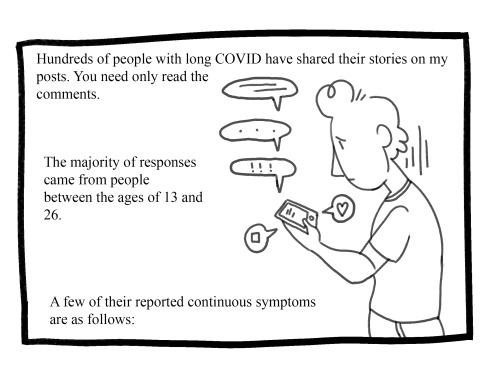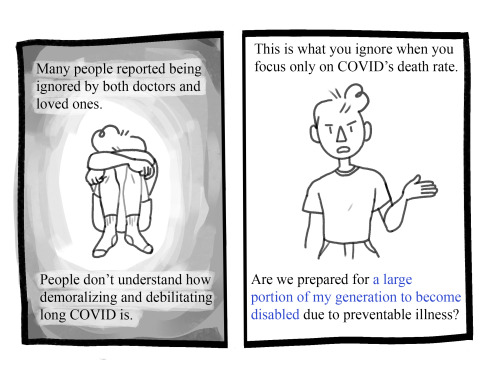#morbidity
More about long COVID by a young person with long COVID. Inspired by the stories of hundreds of COVID long-haulers.
A sequel to this comic on my long COVID symptoms.
(ID under the cut)
Reblogging this comic again as my other one is going around again. I think that this one deserves to be seen, too. Thousands of people have responded to my long COVID story and shared their experiences with long COVID. I wish you could read all of them, but I’ve summarized some of it here.
Reblogging December 30, 2021. As of November 2021, up to 50% of people who survive COVID will have long COVID.
Post link
International Safe Abortion Day!
Abortion must be SAFE!
Legal abortion saves the lives of millions of women,
Abortion must be legalized EVERYWHERE!
28 September marks International Safe Abortion Day. For this year’s international day of action, stakeholders around the world are coming together behind the call “Make Unsafe Abortion History”.
Access to safe abortion is time-sensitive essential health care. It is included in numerous international, regional and national legally binding treaties – providing access to safe abortion is imperative for women and girls to achieve their human and reproductive rights.
Unsafe abortion remains a preventable public health tragedy and a violation of women and girls’ human rights. It accounts for 13% of global maternal mortalities, with hundreds of thousands of survivors living with long-term complications, including infertility and chronic pain.
With121 million unintended pregnancies each year – and few countries with legal to safe abortion – too many women and girls who do not want to become parents are forced to remain pregnant. This not only represents a denial of their autonomy, but it may also have serious consequences for their mental health and access to opportunities to achieve their life goals.
For many women, this is so unacceptable that they are forced to place themselves in extreme danger by undergoing unsafe abortions. We know it is women and girls who are often already marginalised – such as those living in poverty and rural areas – who pay the greatest toll and are at the highest risk of unsafe abortion, as well as maternal mortality and morbidity.
Originally “Campaña 28 Septiembre” (or “Campaign of September 28”), the day of action was declared official in 2011 by the Women’s Global Network for Reproductive Rights, and renamed in 2015. The new name, “International Safe Abortion Day”, took aim at unifying the different participating organizations and their respective political aims.
The history of this day is rooted in slavery in Latin America and the Caribbean, specifically in the concept of the “free womb”. “Free womb” laws were enacted for slave women who had been killing their children after birth to spare them from a life of slavery. The law ensured that children born to slave women would be considered free from birth; before the law was put into place, children born to slave mothers were automatically considered the property of the slave owner. The day of action was adopted by many groups to promote universal access to safe abortions and education about reproductive health.
Text Courtesy of figo.org / americanwomensservices.com/

Post link











